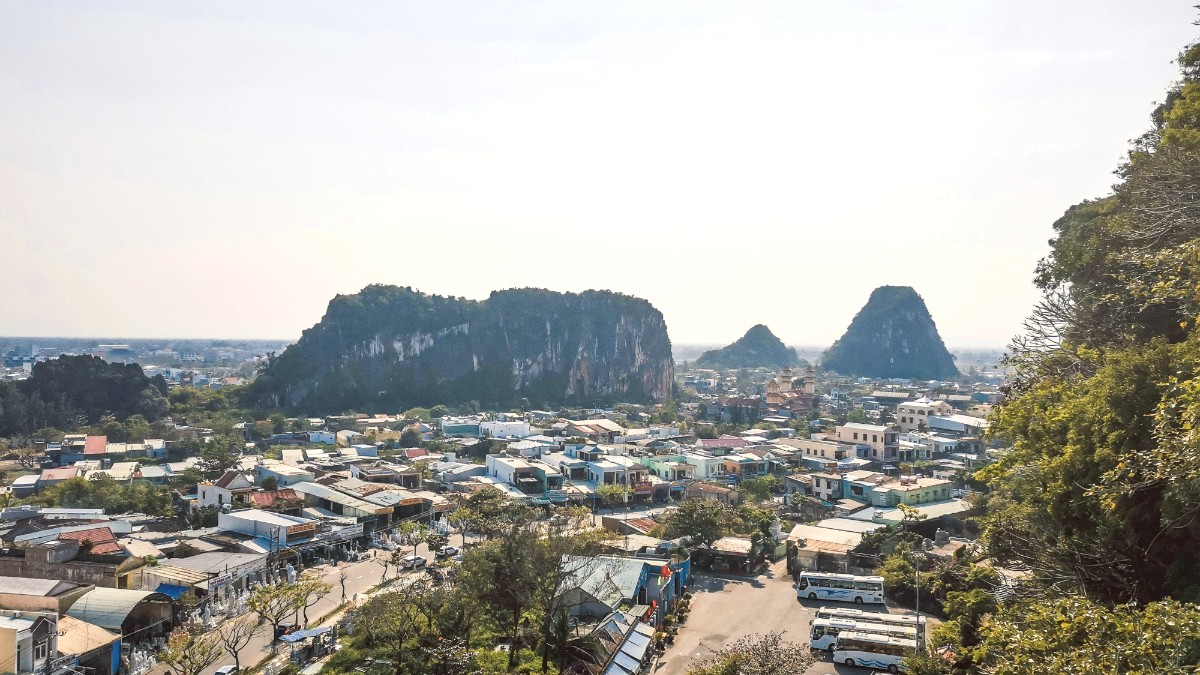
Central Vietnam, Vietnam
Da Nang operates a public bus system with several routes. These routes connect different parts of the city, including popular tourist areas, and extend to surrounding areas like Hoi An and My Son.
Bus routes cover major areas, including the city center, beaches like My Khe, the Marble Mountains, and Da Nang International Airport. Hubs include the Da Nang Central Bus Station and various stops along major roads like Le Duan, Bach Dang, and Nguyen Van Linh.
Use Google Maps for route planning; it often integrates public transport options and provides estimated travel times.
Do not hesitate to ask locals or hotel staff for assistance with routes or finding bus stops.
Always have exact change ready for bus fares for a smooth boarding process.
Grab's GPS tracking assists in monitoring your route.
Fixed prices on Grab remove negotiation.
Driver and vehicle details are supplied, improving security.
Grab reduces language barriers and potential for overcharging.
Various rental options exist for exploring Da Nang.
Han River Waterfront and My Khe Beach area are excellent for walking, especially in the evenings.
Local tour operators offer guided walking tours focusing on street food or historical areas.
Some dedicated bike lanes exist along the beach.
Beyond common methods, Da Nang has unique transport for sightseeing.
Benefit from local knowledge and hassle-free logistics for excursions.
Convenience & Insight
Cable car rides to Ba Na Hills offer spectacular scenery and an unique experience.
Memorable Experiences
Evening Entertainment
Walking and cycling reveal intimate ways to explore Da Nang.
Local tour operators offer guided walking tours focusing on street food or specific historical areas.
Self-guided walks are easy along the Han River and My Khe Beach.
Be aware of motorbike traffic, especially when crossing roads.
When crossing busy streets, walk at a slow, steady pace. Do not stop or suddenly change direction.
Motorbike drivers will typically flow around you. Make eye contact if possible.